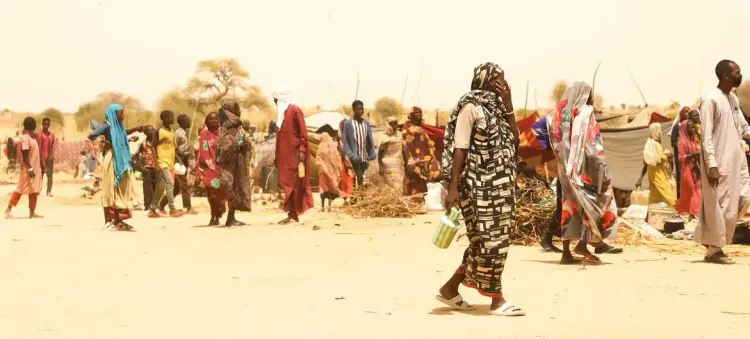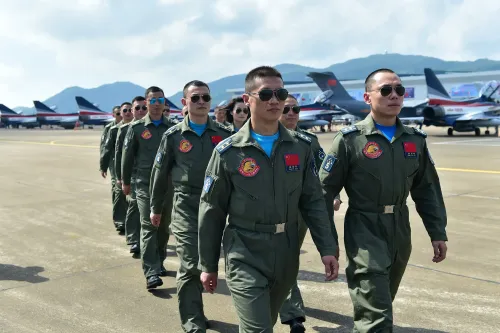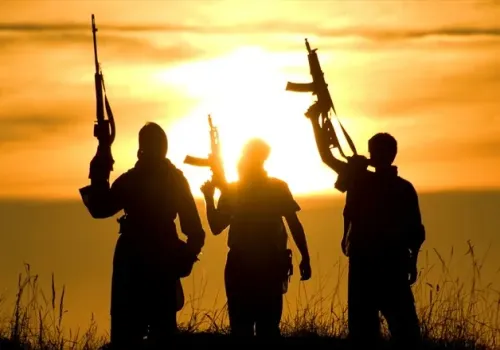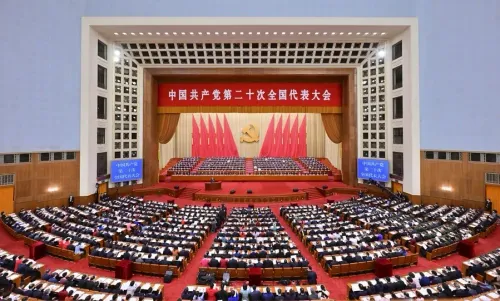What is the Current Situation in Sudan's North Darfur?

Synopsis
Key Takeaways
- Humanitarian crisis in North Darfur is escalating.
- Over 62,000 people displaced in recent days.
- Urgent need for medical and shelter supplies.
- Continued attacks on civilians are reported.
- UN appeals for increased funding for humanitarian efforts.
United Nations, Nov 1 (NationPress) The conditions in North Darfur, Sudan, are described as "catastrophic" following the capture of its capital, El Fasher. Continued assaults on civilians have been reported by UN humanitarian officials.
The UN Office for the Coordination of Humanitarian Affairs (OCHA) indicated that civilians are still fleeing towards Tawila, located 40 kilometers away, with humanitarian access to El Fasher being severely restricted, as reported by Xinhua.
In Tawila, the United Nations along with local partners are striving to register new arrivals to offer emergency assistance. However, significant shortages remain, particularly in shelter materials, medical supplies, trauma care resources, food aid, and psychosocial support.
The International Organization for Migration (IOM) has projected that at least 62,000 individuals have been displaced from El Fasher and its vicinity between October 26 and October 29, with ongoing insecurity along transportation routes hampering movement.
Additionally, the humanitarian situation in North Kordofan state is also described as distressing, with OCHA citing IOM figures indicating approximately 36,000 people have been displaced from Bara, located north of the state capital, El Obeid, just this week.
Local sources continue to report deeply concerning accounts of displaced individuals being abducted and extorted while on the move.
OCHA has reiterated its call for new, flexible funding, noting that less than one-third of the $4.2 billion humanitarian response plan for Sudan has been financed.









